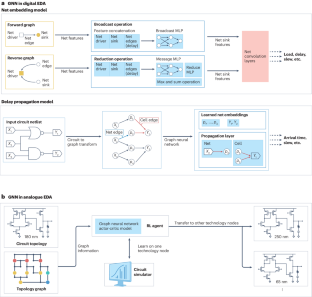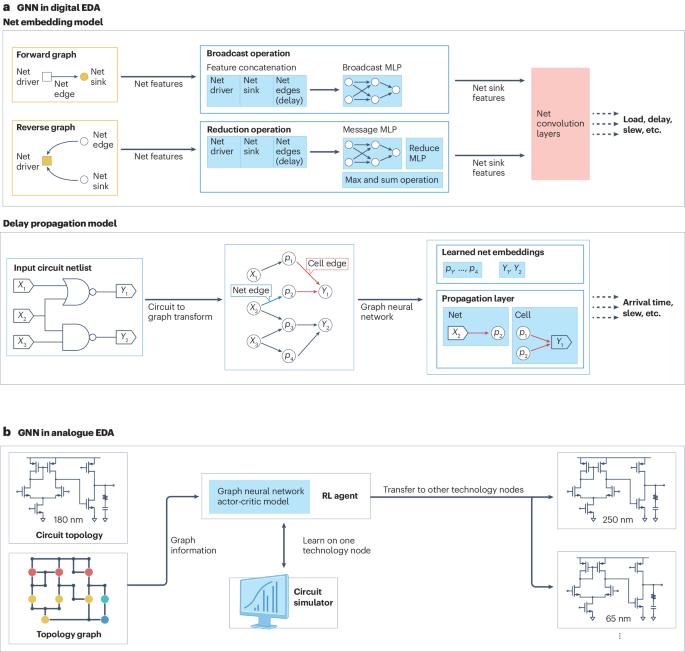Opportunities and challenges of graph neural networks in electrical engineering
引用次数: 0
Abstract
Graph neural networks (GNNs) are a class of deep learning algorithms that learn from graphs, networks and relational data. They have found applications throughout the sciences and made significant strides in electrical engineering. GNNs can learn from various electrical and electronic systems, such as electronic circuits, wireless networks and power systems, and assist in solving optimization or inference tasks where traditional approaches may be slow or inaccurate. Robust learning algorithms and efficient computational hardware developed and tailored for GNNs have amplified their relevance to electrical engineering. We have entered an era in which the studies of GNNs and electrical engineering are intertwined, opening to opportunities and challenges to researchers in both fields. This Review explores applications of GNNs that might generate notable impacts on electrical engineering. We discuss how GNNs are used to address electrical automatic design, as well as the modelling and management of wireless communication networks. Additionally, we delve into GNNs for high-energy physics, materials science and biology. Presenting the applications, data and computational challenges, the need for innovative algorithms and hardware solutions becomes clear. Graph neural networks (GNNs) are an important technology for electrical engineering, physics, materials science and biology. This Review discusses how GNNs can help these research fields and how electrical engineering can resolve the technical challenges of GNNs.


图神经网络在电气工程中的机遇与挑战
图神经网络(GNN)是一类深度学习算法,可以从图、网络和关系数据中学习。它们已被广泛应用于各个科学领域,并在电气工程领域取得了长足进步。GNN 可以从各种电气和电子系统(如电子电路、无线网络和电力系统)中学习,并协助解决优化或推理任务,而传统的方法可能会比较慢或不准确。专为 GNN 开发和定制的强大学习算法和高效计算硬件增强了 GNN 与电气工程的相关性。我们已经进入了一个 GNN 研究与电气工程相互交织的时代,为这两个领域的研究人员带来了机遇和挑战。本综述探讨了可能对电气工程产生显著影响的 GNN 应用。我们讨论了如何利用 GNN 解决电气自动设计以及无线通信网络的建模和管理问题。此外,我们还深入探讨了用于高能物理、材料科学和生物学的 GNN。在介绍应用、数据和计算挑战时,创新算法和硬件解决方案的必要性变得显而易见。
本文章由计算机程序翻译,如有差异,请以英文原文为准。
求助全文
约1分钟内获得全文
求助全文

 求助内容:
求助内容: 应助结果提醒方式:
应助结果提醒方式:


